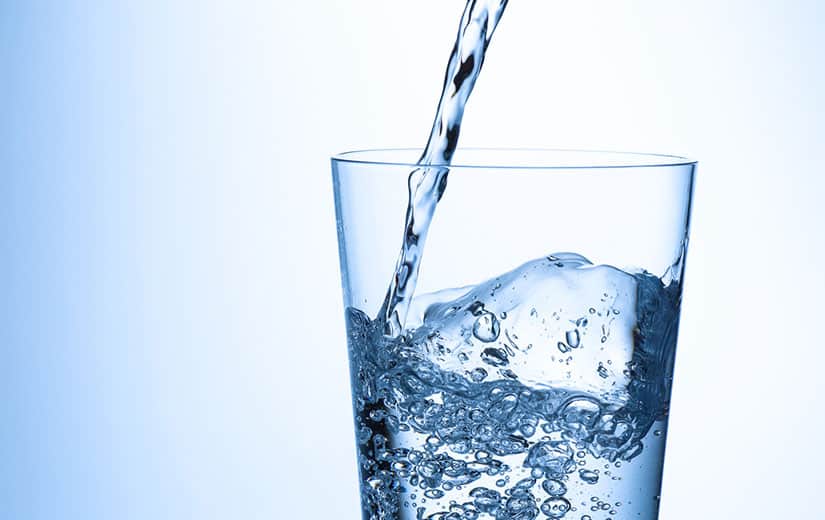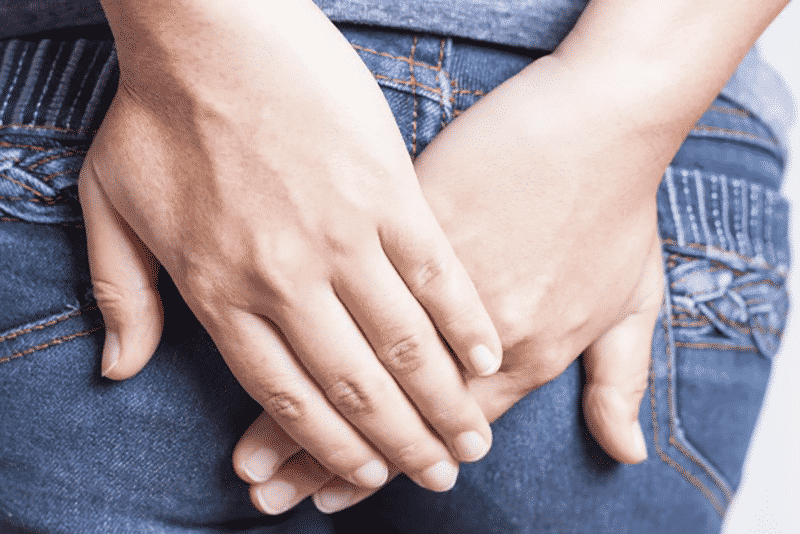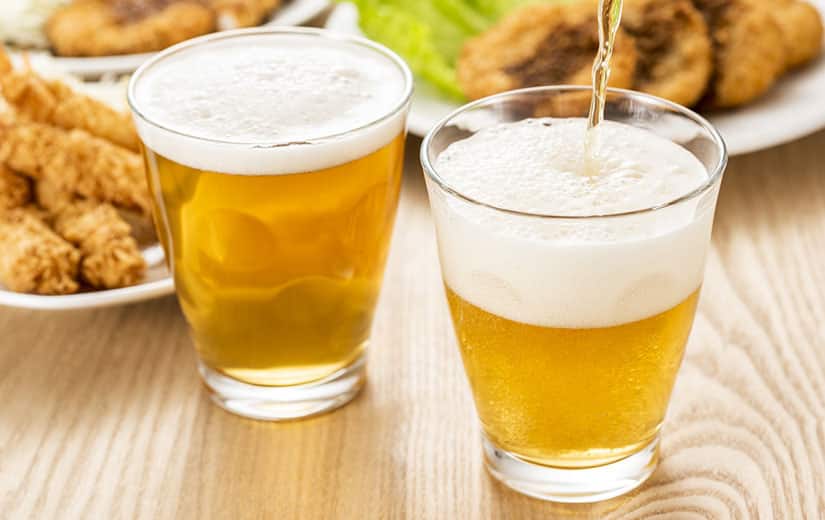Few people have never been a victim of candida albicans. Indeed, it is the most common fungus, causing candidiasis, thrush and other pathologies. Find out everything you need to know about candida albicans: definition, causes and symptoms. And follow our advice to overcome it naturally. Grandmother’s remedies, good habits to adopt, natural solutions… Everything you need to know to eliminate and get rid of this parasite.
Summary
Candida albicans: What is that ?
The term « candida albicans » refers to the fungus responsible for the most common fungal infections in humans (thrush, candidiasis, etc.). These infections generally affect the digestive and vaginal mucous membranes. Note that candidiasis is one of the major causes of death in immunocompromised people (patient with AIDS, cancer patient undergoing chemotherapy, patient who has undergone a bone marrow transplant, etc.).
But be aware that candida albicans is a living organism that usually does not cause any disease or symptoms. It has always been present on our mucous membranes (skin, intestine). It is during an immune or hormonal imbalance that it becomes pathogenic by releasing toxins.
The causes
Candida albicans infection can result from taking antibiotics. This drug treatment has the effect of unbalancing the natural flora. The soil is therefore conducive to the development of the fungus.
Other causes can also explain candida albicans: stress, excess sugar, taking certain medications such as the pill, pregnancy, diabetes.
Namely: the fungus can infiltrate the blood. Consequently, the infection becomes systemic and doctors then speak of candidemia with a mortality rate of around 40%.
Symptoms
First note that candida albicans as an opportunistic pathogen can cause a multitude of infections: diaper rash in infants, pneumonia, vaginitis, balanitis or deep infections.
Then, candida albicans manifests itself differently depending on its location. But generally, the affected person feels physical and mental fatigue, a lack of desire, a constant desire to consume sugar, as well as bloating and headaches.
There is also a thrush in the mouth, especially in babies, redness and itching mainly in the folds and at the level of the anus, and small local genital inflammations. Whitish discharge also occurs in women.
In immunocompromised patients, the fungus often causes digestive mycosis and swallowing disorders.
Finally, athletes frequently develop candida albicans in the feet due to sweating.
Natural treatments for candida albicans
The horopito
This plant comes from New Zealand. It is a natural antifungal with a powerful action against the fungus.
And for even more efficiency, horoplito can be associated with spicy anise from South America.
Tea tree essential oil
Tea tree essential oil is known to be effective against candida albicans, especially when it affects the feet.
For cutaneous application, dilute a drop of tea tree EO with vegetable oil. And to treat vaginitis, use a 1% solution of tea tree oil. Then soak a tampon in the natural product and keep it for a maximum of one day. Repeat the process until the fungus disappears.
Good drying
After a bath or a shower, it is necessary to dry yourself perfectly. Indeed, humidity represents a favorable environment for the development of fungal infections.
This gesture must be accompanied by good personal hygiene.
Eat well and avoid sugar
A healthy diet is recommended to limit the proliferation of candida albicans in the body.
On the other hand, it is advisable to remove sugars from your diet, and especially the refined sugar present in industrial products. Indeed, sugar remains the favorite food of candida albicans. To weaken the fungus, it is therefore necessary to limit sugars.
garlic
Garlic is a powerful antibacterial. This natural remedy is therefore ideal for overcoming candida albicans.
Consume it in its natural state up to a clove of raw garlic per day. You can also add it to your dishes, after cooking so as not to alter it.
To note : if you are worried about having bad breath, take garlic in the form of capsules instead (three times a day).
oregano
Oregano essential oil has benefits against microbes and bacteria. Be careful, avoid any contact of the HE aromatic with the skin because there is a risk of burns.
Dilute two drops per day of oregano EO in edible oil. Spread the mixture on a piece of bread that you will eat between meals. The operation can be repeated another time during the day.
You should also know that the essential oil of oregano is in the form of capsules, to be taken three times a day.
Precaution : EO of oregano is contraindicated in pregnant women. Seek advice from a specialist.
turmeric
Turmeric is a natural remedy with multiple virtues. It is effective against candida albicans. Indeed, it promotes the development of good bacteria against the fungus.
Take the natural product in pure powder form, adding a dose of pepper if necessary. Put a level teaspoon in a glass of warm water. And add a few drops of oil to make it easier to swallow. Mix well before drinking, three times a day.
To note : Sometimes turmeric causes digestive problems. If this is the case, reduce the dose or interrupt treatment for a few days before resuming.
The aloe vera
It is a highly effective antifungal agent against yeast. Aloe vera juice restores the intestinal flora and is an excellent natural remedy against bacterial infections and skin fungus.
Dilute one to two tablespoons of aloe vera juice in a glass of water, once a day. Be careful to use a quality product and keep the bottle cool after opening. Consume within thirty days.
Grapefruit seeds
Grapefruit seed extract is a natural solution against fungi and other parasites. It helps to overcome candida albicans while preserving the intestinal flora. And on the other hand, this natural product has no side effects. In case of development of the fungus, it is therefore in your best interest to use this remedy.
Take three to fifteen drops a day in two or three doses. The dosage increases gradually. This allows the body to adapt to the grapefruit seed extract. The maximum dose will be reached after about seven days.
Olive oil
This product is one of the essential nutrients to eliminate candida albicans. The recommended dose per day is six scoops, to be divided into three doses, before, during or after rest.
Precautions : make sure the oil is virgin and cold pressed. Preferably organic. Do not heat olive oil as this will destroy its properties.
More natural treatments:
- 7 natural treatments for warts
- 7 Natural Acne Treatments
- 7 Natural Psoriasis Treatments
- 7 Natural Lice Treatments
- 3 natural treatments for scabies
- 11 Natural Constipation Treatments
- 9 natural treatments for angina
- 13 Natural Asthma Treatments
- 7 natural treatments for anemia
- 8 natural treatments for anxiety
- 9 treatments for heartburn
- 11 natural treatments for canker sores
- natural treatments for paronychia
- 7 natural treatments for cystitis
- 11 Natural Gout Treatments
- 13 natural treatments for osteoarthritis of the knee
- 7 Natural Sinusitis Treatments
- 6 natural treatments for osteoporosis
- 10 natural treatments for cold sores
- natural treatments for urinary tract infection
- 9 natural treatments to reduce the effects of menopause
- 9 Natural Osteoarthritis Treatments
- 9 natural treatments for tinnitus
- 11 natural treatments for hemorrhoids
- natural treatments for bronchitis
- natural treatments for seborrheic dermatitis
- Helicobacter pylori: natural treatments
- Natural treatments for bloating
- Natural Burn Treatments
- Natural treatments for balanitis
- Natural treatments for conjunctivitis
- Natural treatments for hot flashes
- Natural treatments for hypertension
- Natural Inner Ear Crystal Treatments
- Treatments for hiatal hernia
- Natural treatments for Morton’s neuroma
- Natural treatments for itchy vulva
- Natural treatments for a heel spur
- Natural treatments for plantar fasciitis
- Natural treatments for tendinitis of the shoulder
- natural treatments for rosacea
- Natural treatments for gallbladder stones
- Natural treatments for a fissured meniscus
- Natural treatments for chalazion
- Natural treatments for intestinal worms



